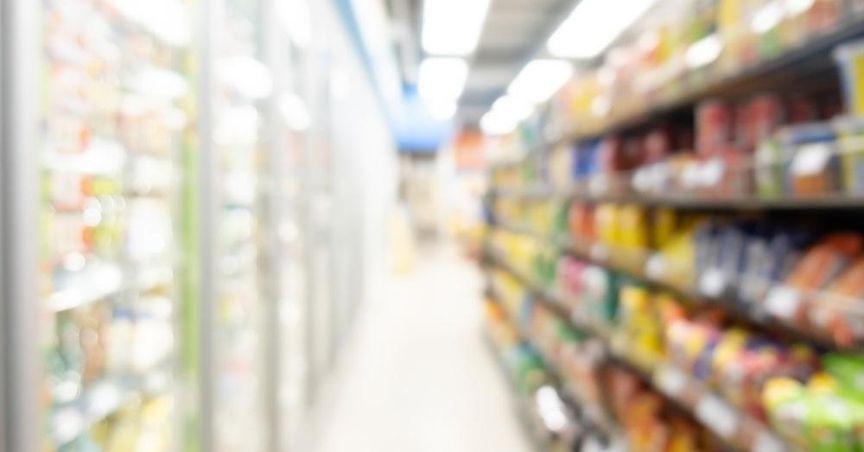Highlights
- Woolworths Group Ltd share price saw a -11.60% decline in 2024.
- Woolworths maintains a strong market position with a 35%+ share in Australian groceries.
- Company reports a revenue of $67,922m, but profit and return on equity have seen declines.
Woolworths Group Ltd (ASX:WOW) has been a significant player in the retail sector, operating over 3,000 stores across Australia and New Zealand. With more than 100,000 employees and its leadership in grocery market share, Woolworths remains a top name in the industry. However, the share price of Woolworths declined by -11.60% in 2024, leaving room for further analysis heading into 2025.
Woolworths’ Market Position and Operations
Founded in 1924, Woolworths dominates the Australian retail landscape, particularly in groceries, where it holds over 35% of the market. Its primary operations are divided into supermarkets (Woolworths in Australia and Countdown in New Zealand), discount department stores under the Big W brand, and business-to-business services like PFD.
The company’s focus on consumer staples and its extensive distribution network contribute to its solid revenue streams. Woolworths has historically been known for providing consistent dividends, and its scale and proximity to shoppers are seen as competitive advantages.
Key Financials: Revenue, Margin, and Profit
Woolworths reported an annual revenue of $67,922 million with a compound annual growth rate (CAGR) of 6.8% over the past three years. This revenue is supported by its core grocery business, which continues to generate strong cash flow.
The gross margin, which indicates the profitability of products before accounting for overheads, stood at 56.0%. While Woolworths generates significant revenue, profit figures have seen a downward trend. In the last financial year, the company posted a profit of $1,711 million, down from $2,074 million three years prior, representing a CAGR of -6.2%.
Capital Health and Debt Considerations
A critical aspect of Woolworths’ financials is its capital structure. As of the latest reports, Woolworths has a net debt of $15,424 million. The company’s debt-to-equity ratio sits at 300.2%, indicating that it has more debt than equity. While this is not necessarily a red flag given the company’s stable revenue, it does indicate higher leverage, which could lead to risks in periods of economic uncertainty.
Return on equity (ROE), a key measure of profitability relative to shareholder equity, was reported at 1.9% for FY23, signaling lower efficiency in generating profit from its equity base.
Looking Ahead
As Woolworths Group Ltd (ASX:WOW) moves into 2025, the focus will likely be on addressing the downward trends in profit and return on equity while maintaining its dominant market position. The company's financial health, alongside its operations, will be essential factors to watch closely.



